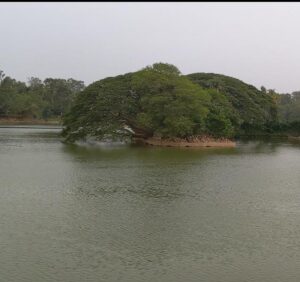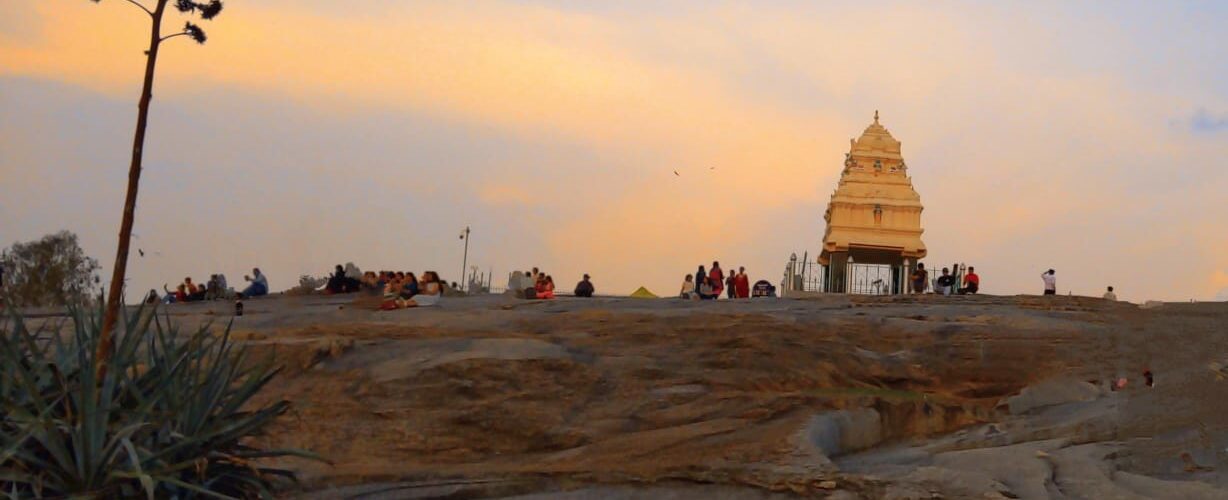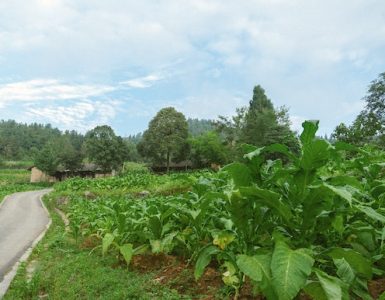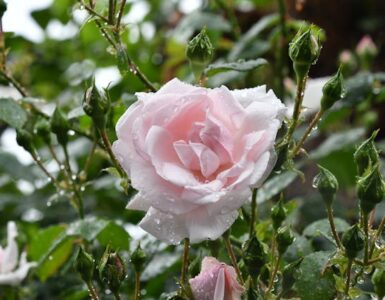Not many places on earth can bring nature seekers, botany enthusiasts, geology students, and even history buffs into one place.
While there are many botanical gardens in the world, each with its share of natural beauty, the one that stands out is the Lalbagh Botanical Garden.
One would expect a botanical garden to be a treasure trove of biodiversity, greenery, and pretty flowers, Lalbagh Botanical Garden also has one of the oldest rocks in the world.
Spread over 240 acres in the heart of Bengaluru city, this sprawling garden is one of the oldest botanical gardens in South India. Also located in the garden are some rare and old trees, a picturesque lake, a splendid crystal palace, and a 20 million-year-old tree fossil, among others.
Let us take you through some interesting facts about Lalbagh Botanical Garden.
History of the Garden
The botanical garden in Bangalore has a history of more than 250 years as it was conceptualized by a former ruler of Mysore, Hyder Ali, in 1760 and later completed by his son Tipu Sultan.
Over the years, the garden’s administration has passed many hands including the Britishers, when India was under their rule. Currently, it is under the Department of Horticulture of the Karnataka State Government.
Man-made structures
One of the shining attractions in the garden is a splendid glasshouse. It is called Lalbagh Glasshouse which was built in 1889.
The Glass House is a giant palace-like glass and iron structure, modeled around the Crystal Palace in England. The imposing structure hosts flower shows, based on different themes, on occasions like Republic Day and Independence Day.
Also located in the garden is a majestic statute, and a beautiful bandstand, where people generally get together for chit-chat.
Flora and Fauna
Lalbagh Garden has 2000 species of plants, introduced over the years by former rulers, Britishers, and the current administration.
Many of these plants and trees are rare, endangered, and old, including a 200-year-old silk cotton tree which is over 50 feet tall and its shape presents an amazing site. Apart from the Indigenous trees, there are trees from Central America, Africa, South America, Australia, and South East Asia.
In addition, many flowering trees like Gulmohur, Brownea tree, Jacaranda, Candle tree, and Cherry Blossom, bring vibrancy to the botanical garden.
Most of the trees at Lalbagh are well labeled which helps in knowing about the tree and its origins.
Lake
In the southern part of the garden, there is a picturesque lake known as Lalbagh Lake. It is spread over an area of about 40 acres and has walking trails, a bridge, and a small island.
The presence of this large water body brings sounds and chirps from many birds like parakeets, crows, pond herons, myna, etc.
Lalbagh Rock
One of the most special and distinctive features of the Lalbagh Botanical Garden is the massive rock formation known as Lalbagh Rock. The rock is approximately 3 billion years old, making it one of the oldest rocks in the world.
As per a noticeboard on the site:
The outcrops of gneiss rock at Lalbagh Botanical Garden is one of the oldest rocks on the Earth. Its significance has been recognized by the geological fraternity and all over the world. Geological Survey of India has declared this location as a National Geological Monument and a geo-tourism site. The term “Peninsular Gneiss” was coined by Dr. W.F. Smeeth of Mysore Geological Department in 1916 after the scientific study of gneissic rocks in the southern part of India. The antiquity of these rocks have attracted geologists from all over the world and given rise to erudite scientific papers on the evolution of the Earth. This monument here at Lalbagh is one of the best exposures of Peninsular Gneiss that can be easily accessed and studied by the public.
There is also a 16th-century watchtower built on top of a 3000 million-year-old Peninsular Gneiss, which once marked the southern boundary of the Bengaluru city.
Wrapping Up

Bengaluru, once known as Bangalore, is the capital of the South Indian state of Karnataka. In the last few years, the city has expanded many times, with millions of people who have migrated from different parts of India for work and business.
Located in the heart of the city, Lalbagh Botanical Garden offers the citizens of Bengaluru a much-needed place to connect with nature. The place is a favorite destination for students, researchers, families, fitness enthusiasts, joggers, photographers, and anyone seeking a peaceful retreat from the hustle and bustle of city life.
Moreover, gardens are an important resource for any city to reduce the urban heat island effect, air quality improvement, conserve biodiversity, improve health and well-being, etc. Lalbagh Botanical Garden in Bengaluru with its rich historical, geological, and botanical significance offers much more.
Location: Mavalli, Bengaluru, Karnataka 56000. (Nearest Metro Station: Lalbagh on the Green Line)






Add comment